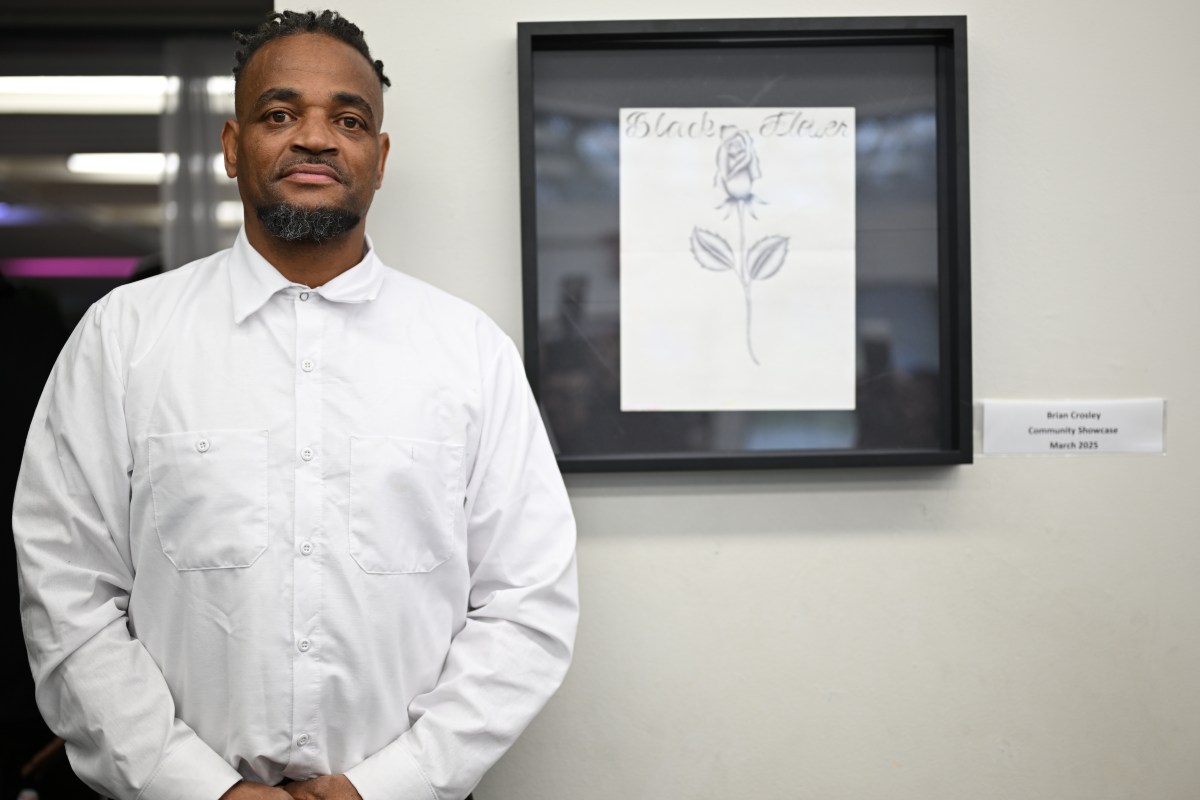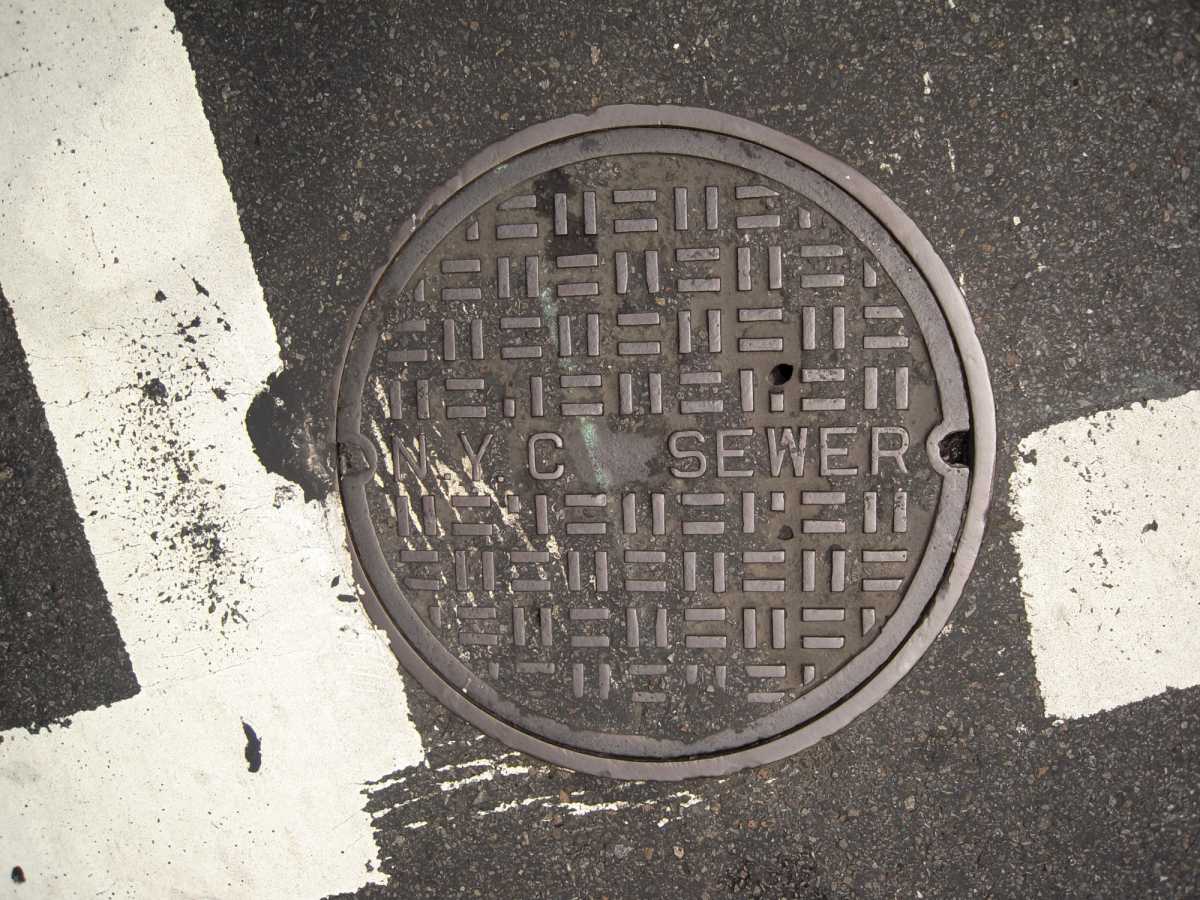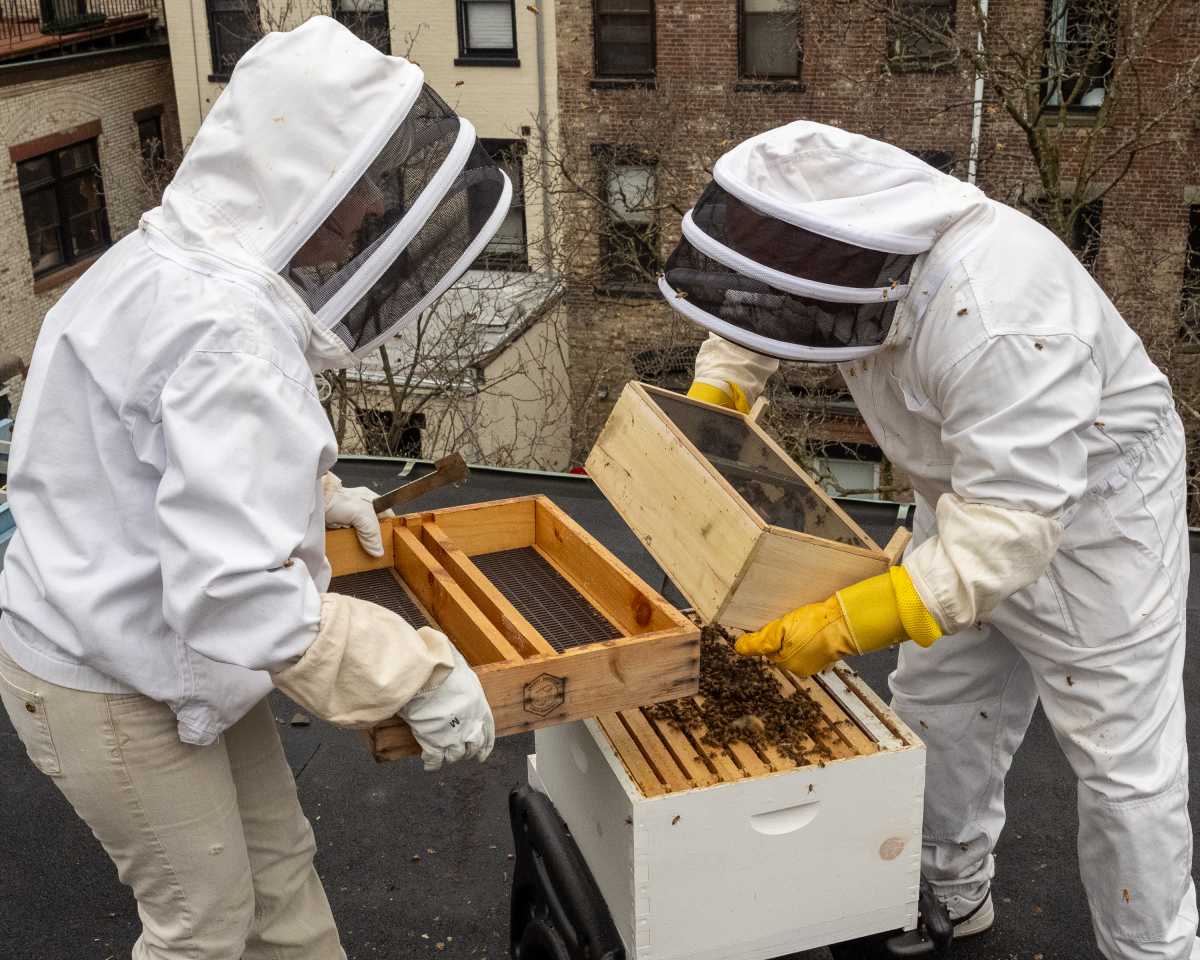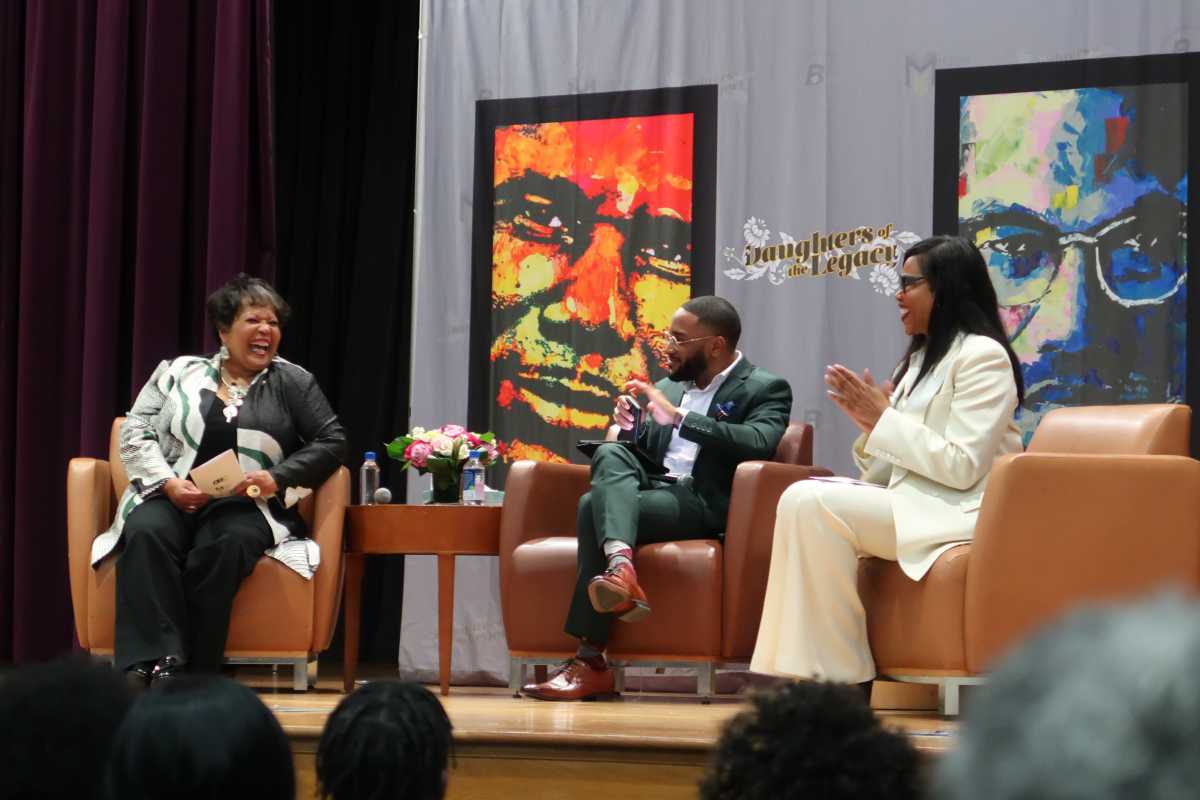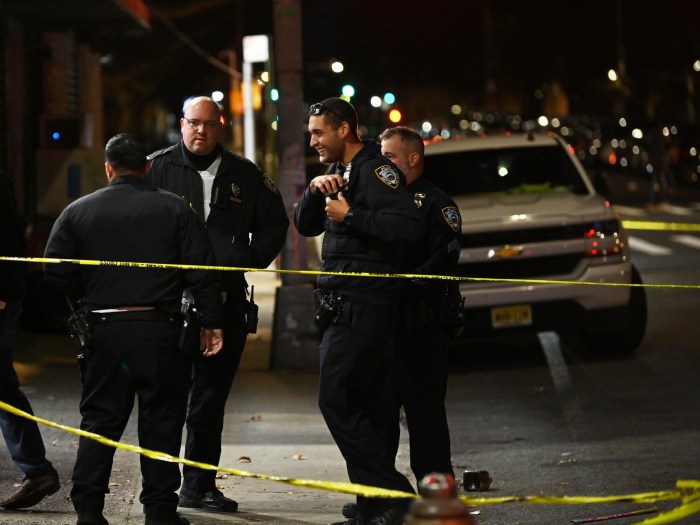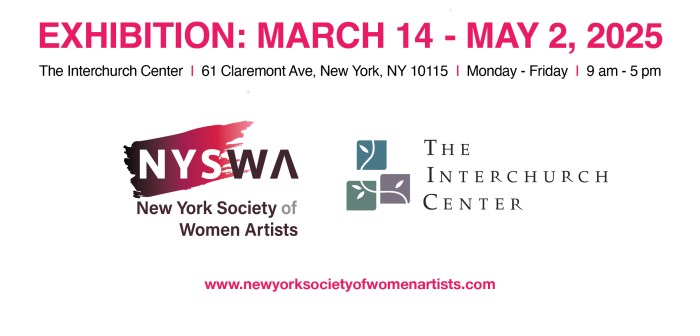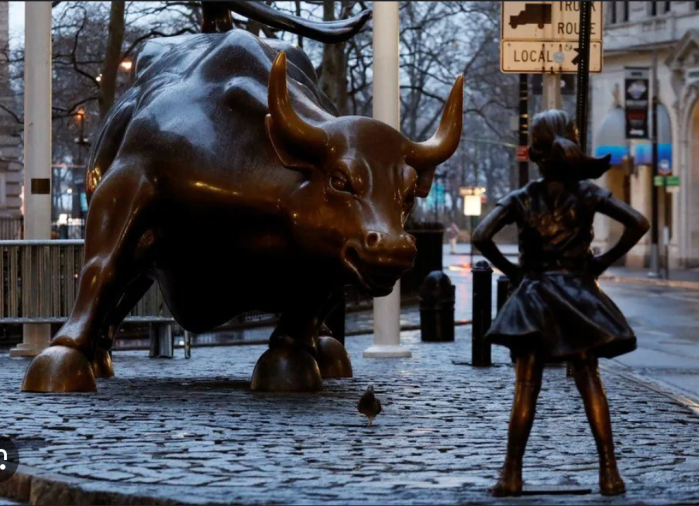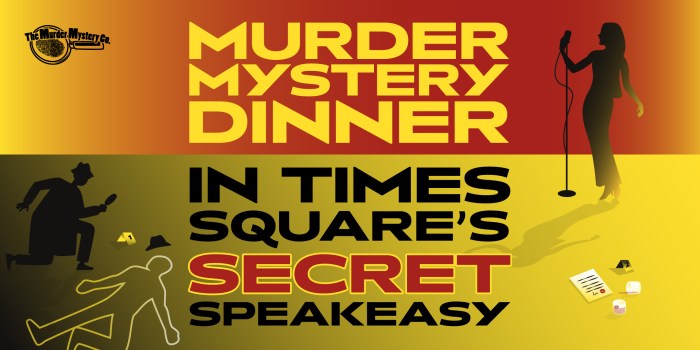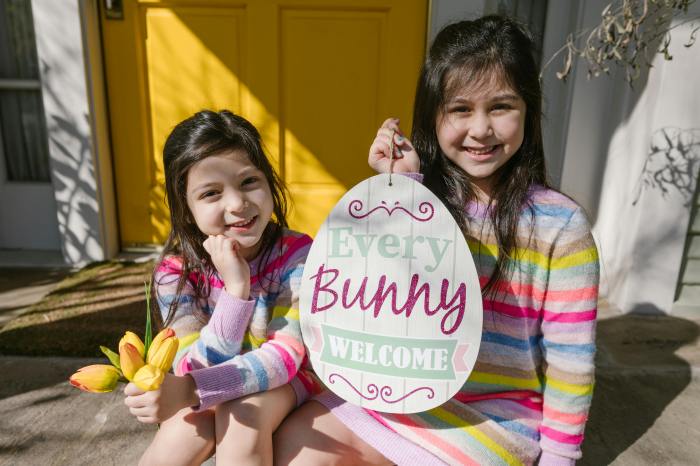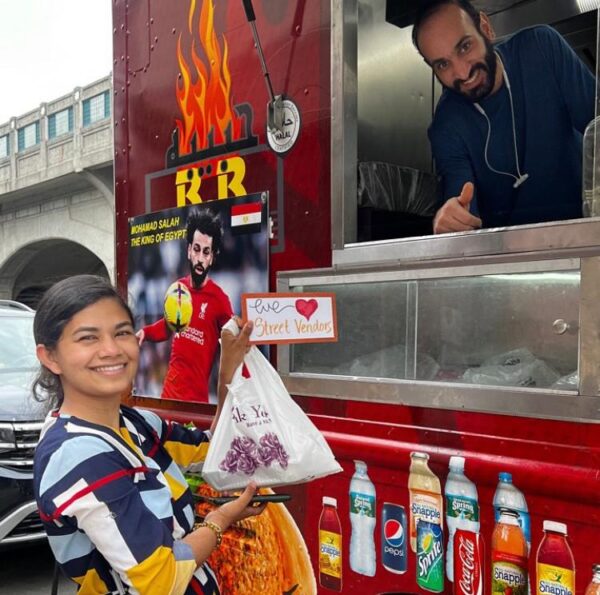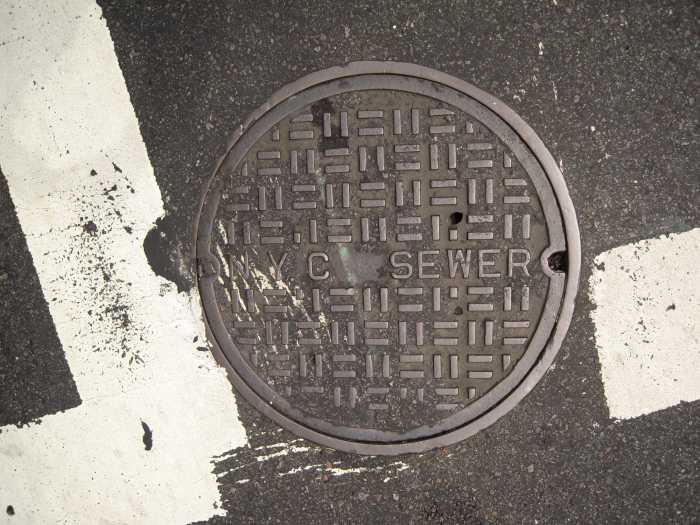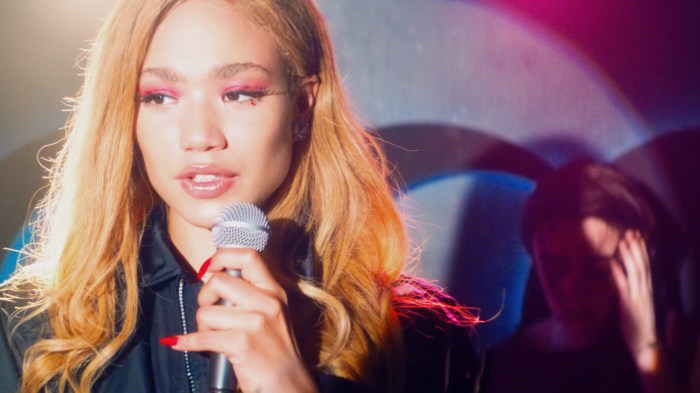Inside his cell on Rikers Island, Brian Croskey spends hours every day drawing elaborate artwork to free his mind.
The 55-year-old from Washington Heights is halfway through an eight-month sentence for a petit larceny conviction inside the Eric M. Taylor Center, where he relies heavily on a 30-year passion that draws inspiration from his loved ones.
“It’s part of my solitude. I like to sit down at the table and doodle and create something new,” he told amNewYork. “I usually like to draw just to represent my love for family and partners. That’s why it’s a lot of hearts, a lot of roses involved, and ribbons and stuff where I can write names.”
One of his art pieces, “Black Flower,” dedicated to his sister, is now on display at the Herbert Von King Cultural Arts Center in Bedford-Stuyvesant, hanging alongside the works of fellow Rikers Island inmates in a first-of-its-kind exhibition aimed at fostering community unity and support.
Croskey was the only artist out of 15 who was taken off the island and brought to the gallery to see his framed work in person – a rare opportunity for someone in custody, who typically only leaves the island for court appearances or hospital visits.
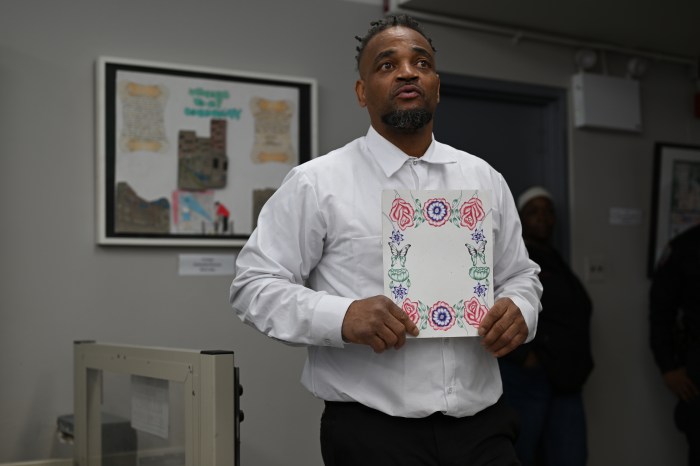
Arriving at Herbert Von King Park on Friday, April 11, shackled for transport, Croskey said he was unfazed by the constraints. “The idea that they were going to take me outside of the jail and bring me to a place like this and put my artwork up for presentations—that’s big.”
Croskey’s style of drawing, called “line art,” combines an array of straight and curved lines to create illustrations using regular ballpoint pens.
“Line art has helped me immensely at times when I have been confined by giving me something else to focus on – other than being free, which is the ultimate goal. But just for a moment, line art has allowed me to free my mind from being confined,” he told Parks Department and Department of Correction staff, who collaborated on the program, Friday for the exhibition’s grand opening. “I’m trying not to cry.”
The Community Art Showcase – free and open to the public for the next month – came about after the manager of the Herbert Von King Cultural Arts Center received a special gift in the mail from her husband, who is incarcerated at a prison in Idaho.
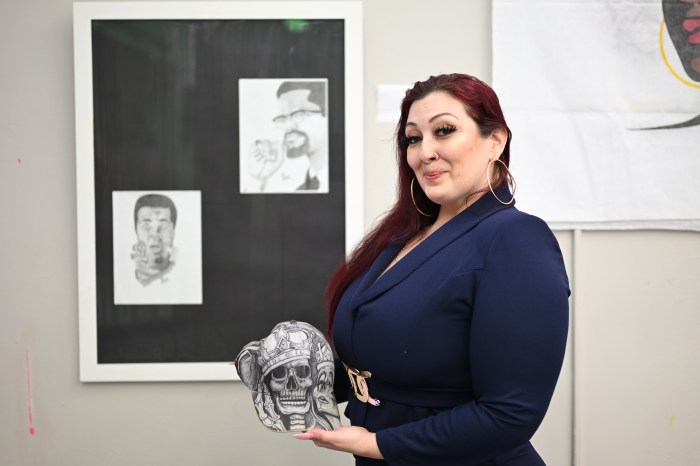
Over three months, Colleen Flood’s husband, Chandler Palmer, carefully decorated a gray hat designed entirely in pen ahead of their wedding last November. The hat features a hauntingly beautiful skeletal couple locked in an eternal embrace, with the couple’s anniversary date delicately inscribed on the back.
“He said he was working on something, and I didn’t know what it was. And then I received this in the mail, and I was just blown away at the detail, the artwork, the time, the dedication, the love that was put into it,” Flood said.
She added that when she returned to work the following week, she sat down with her deputy manager, Moesha Johnson, to hatch a plan to use the “hidden gem” of center, which reopened in 2022 after tens years, as a space where families of those incarcerated on Rikers Island could come to see their loved ones’ artwork.
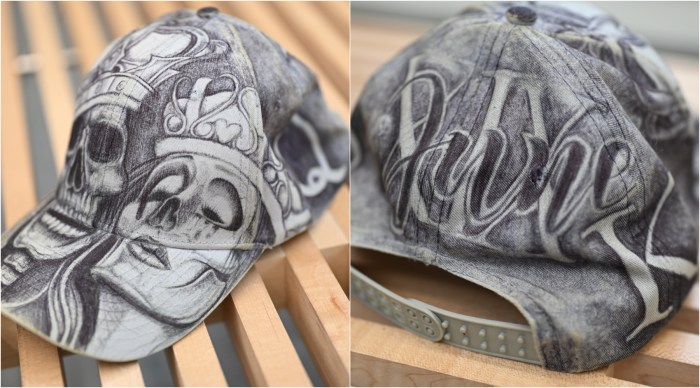
“I know how emotional it is when you can’t see your loved one,” Flood said. “And that’s why we wanted to show everybody that everybody who is in prison or who is incarcerated or in custody at this point – they’re not bad people. They might have been in bad situations or made bad choices, but they shouldn’t be judged on the things that they did. They should be looked at with the things that they’re doing now, and then moving in a positive direction. So this shows that change is possible.”
After getting the green light from the NYC Department of Correction to host the art showcase, organizers chose the theme of community. The artists were asked to create pieces reflecting what the term means to them.
The results include portraits of community leaders, multi-dimensional artworks of their home boroughs, and personal interpretations like Croskey’s “Black Flower.”
“This is therapy. This is therapeutic for people to be able to release any kind of energy that they have through art,” Flood said, surrounded by the artwork. “The interpretation of community in all of these pieces shows you that they want to be a part of a regular community. They should have a voice, and this is where we hear them, and we see them. So having them come here and be able to display their artwork—they are part of our community.”

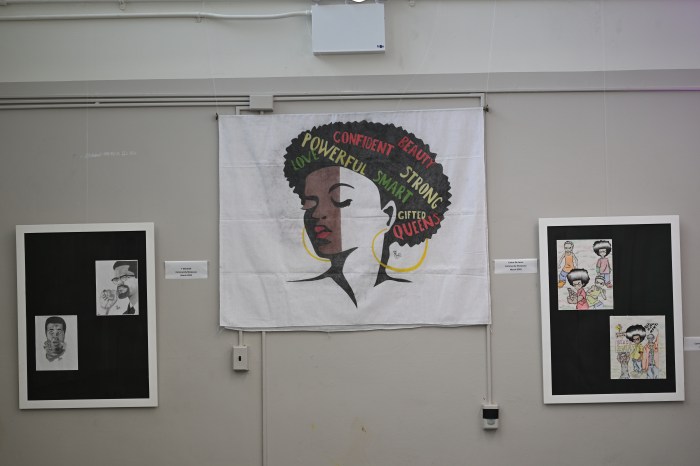
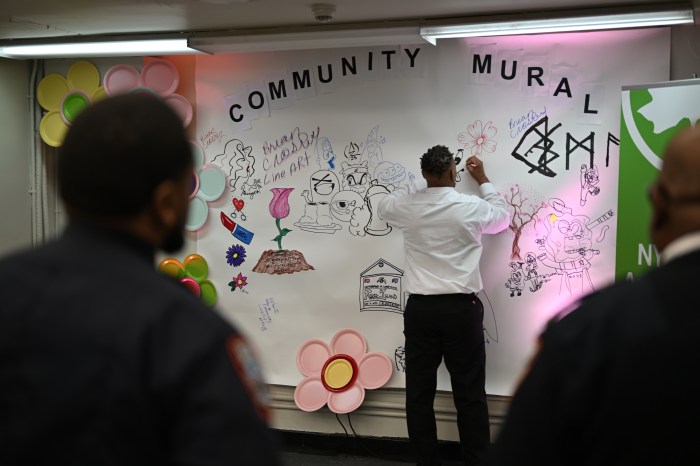
Before the artwork reached Bed-Stuy, 75 submission pieces were reviewed by Department of Correction staff and a team of gang intelligence investigators who work on Rikers Island.
“The talent behind the bars is amazing. There’s a lot of talent on Rikers Island,” said Frankie Carlucci, director of Rikers enrichment programs. He leads the Fine and Performing Arts team on Rikers, which offers programs in visual art, theater, dance, and music for individuals in custody. Their role is to foster appreciation for the arts, support self-expression, improve quality of life, strengthen fine motor skills, and provide a positive outlet for creativity – while also encouraging continued artistic engagement after release.
“This is the first time we’re able to go out into a community,” he said. “My hope is to partner with some sort of parks in each borough so we can showcase the artwork of people in custody in every borough.”

The showcase comes at a particularly troubling time for the embattled jail. There have been five in-custody deaths recorded on the island so far this year, renewing calls for its closure, which is currently slated for 2027—though it is unclear whether the city will meet that mandate.
In March, an independent panel warned that the city is not in a position to meet the 2027 deadline but urged stakeholders to follow a new blueprint for closing Rikers permanently.
Acknowledging the “negative press,” Carlucci said he hopes people visiting the showcase will “look past that” and remember the people currently on Rikers Island.
“The people in custody, they’re people just like you and I — everyday New Yorkers. They just need a chance,” he said. “Everyone has a past, but people like Brian Croskey also have a future, and I think we have to help him get to a better future.”



